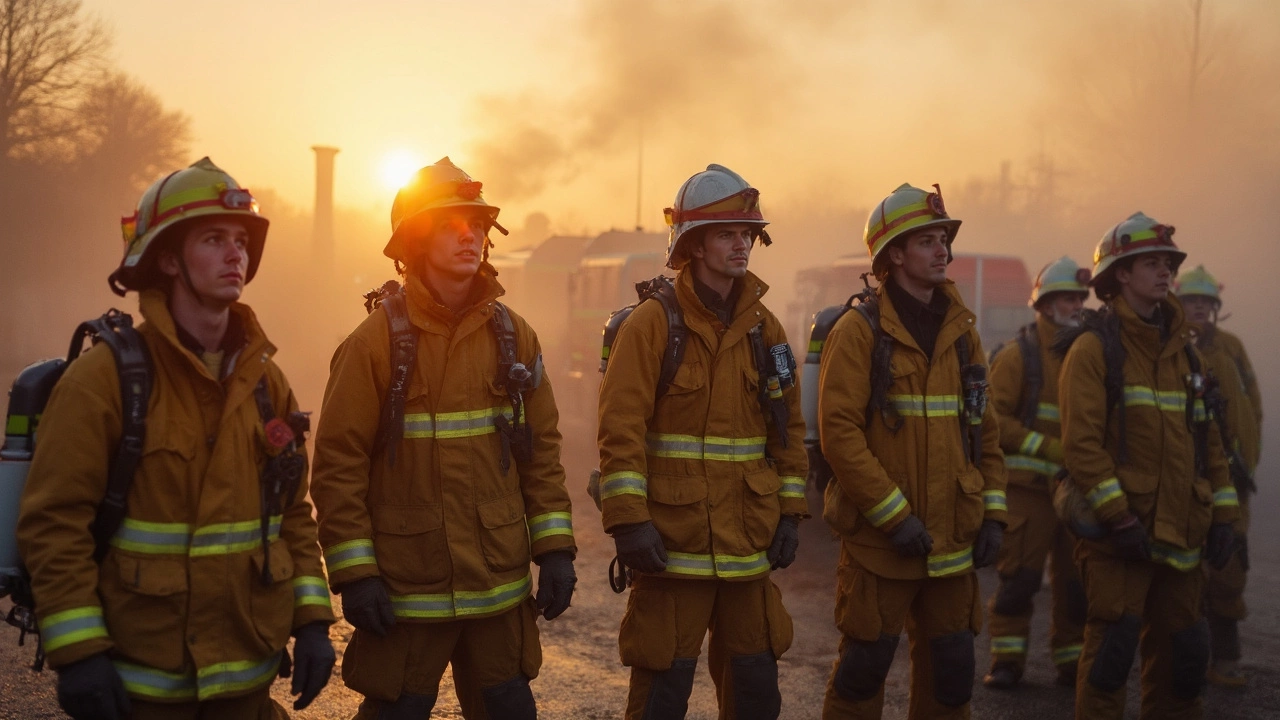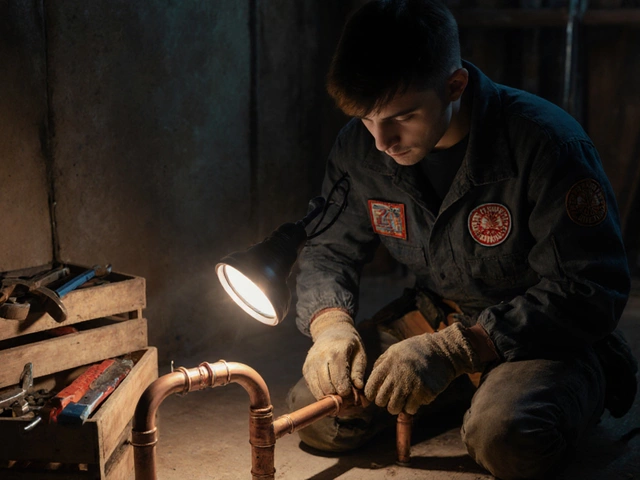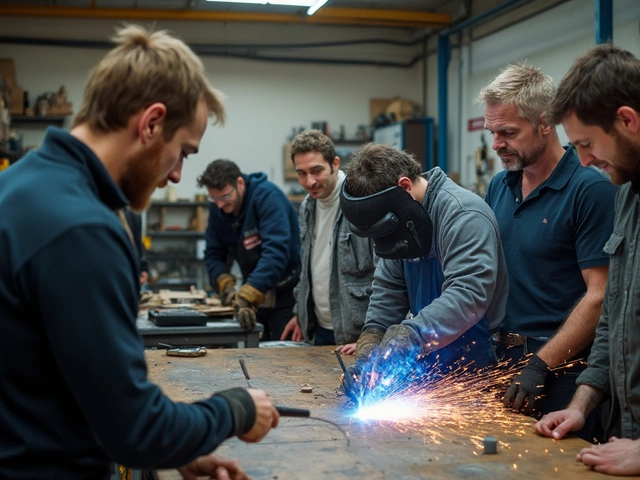How to Become a Firefighter: A Straight‑Forward Guide
Thinking about joining the fire service? It’s more than just bravery – you need a plan, the right paperwork, and solid fitness. Below you’ll find the exact steps most UK fire departments expect, plus real‑world tips you can use right now.
1. Check the Basic Eligibility Rules
Every fire brigade has a few non‑negotiable boxes to tick:
- Age: You must be at least 18, and many services cap the upper limit at 30‑35 for new recruits.
- Education: GCSEs (or equivalent) in English and maths are standard. Some corps accept just a good level of literacy and numeracy.
- Residency: You need the right to work in the UK. Some local services prefer residents of the county they serve.
If you meet these basics, move on to the next check‑list item.
2. Get the Right Health & Fitness Foundations
Firefighting is physically demanding. Most brigades use a test called the Firefighter Candidate Evaluation (FCE) or a similar stamina trial. To prepare:
- Run 2 km in under 13 minutes – work on interval training.
- Do a set of push‑ups and sit‑ups – aim for at least 30 each.
- Practice lifting and carrying a weighted dummy or sandbag to mimic rescue work.
Start a simple routine now; you’ll thank yourself during the on‑site test.
3. Grab an EMT or First‑Aid Qualification
Most fire services expect you to hold a valid Emergency First Aid (EFA) or a Level 3 First‑Aid certificate. An EMT qualification is a big plus and can shave weeks off your training time. Look for courses at local colleges or online providers that issue an official certificate.
4. Pass the Written and Aptitude Exams
After you’ve cleared health checks, you’ll face a written exam. It covers:
- Logical reasoning – pattern recognition and problem solving.
- Numerical ability – basic math, data interpretation.
- Verbal comprehension – reading comprehension and written communication.
Practice with free test apps or past fire service papers. Keep your answers concise; examiners look for clear thinking, not fancy language.
5. Nail the Interview & Assessment Centre
Successful candidates are invited to an interview or assessment centre. Expect scenarios like:
- Role‑play a rescue decision under pressure.
- Group discussions on teamwork and safety.
Show you can stay calm, listen to teammates, and explain your actions logically. Bring copies of your certificates, a clean CV, and a positive attitude.
6. Enrol in the Fire Academy
Once you’re accepted, you’ll attend a fire academy – typically 12‑16 weeks of classroom learning and hands‑on drills. Topics include fire behaviour, hose operation, ladder safety, and rescue techniques. Attendance is paid in most UK services, so you’ll earn a trainee salary while you learn.
7. Keep Learning After You’re On‑Duty
Your training doesn’t stop at the academy. Firefighters must refresh skills every few years, and many move up by earning specialized qualifications – like hazardous materials, advanced rescue, or fire officer courses. Stay proactive; the more you learn, the faster you can progress.
Ready to take the first step? Write down your eligibility checklist, sign up for a fitness program, and book an EMT course today. The fire service needs people who are fit, focused, and ready to help – and that could be you.




